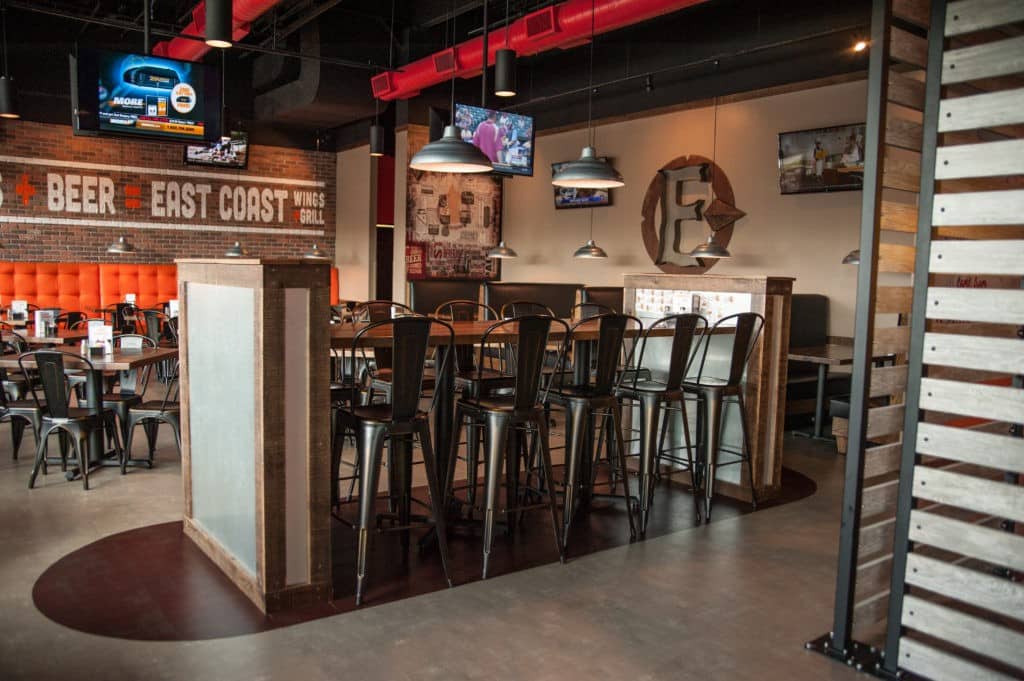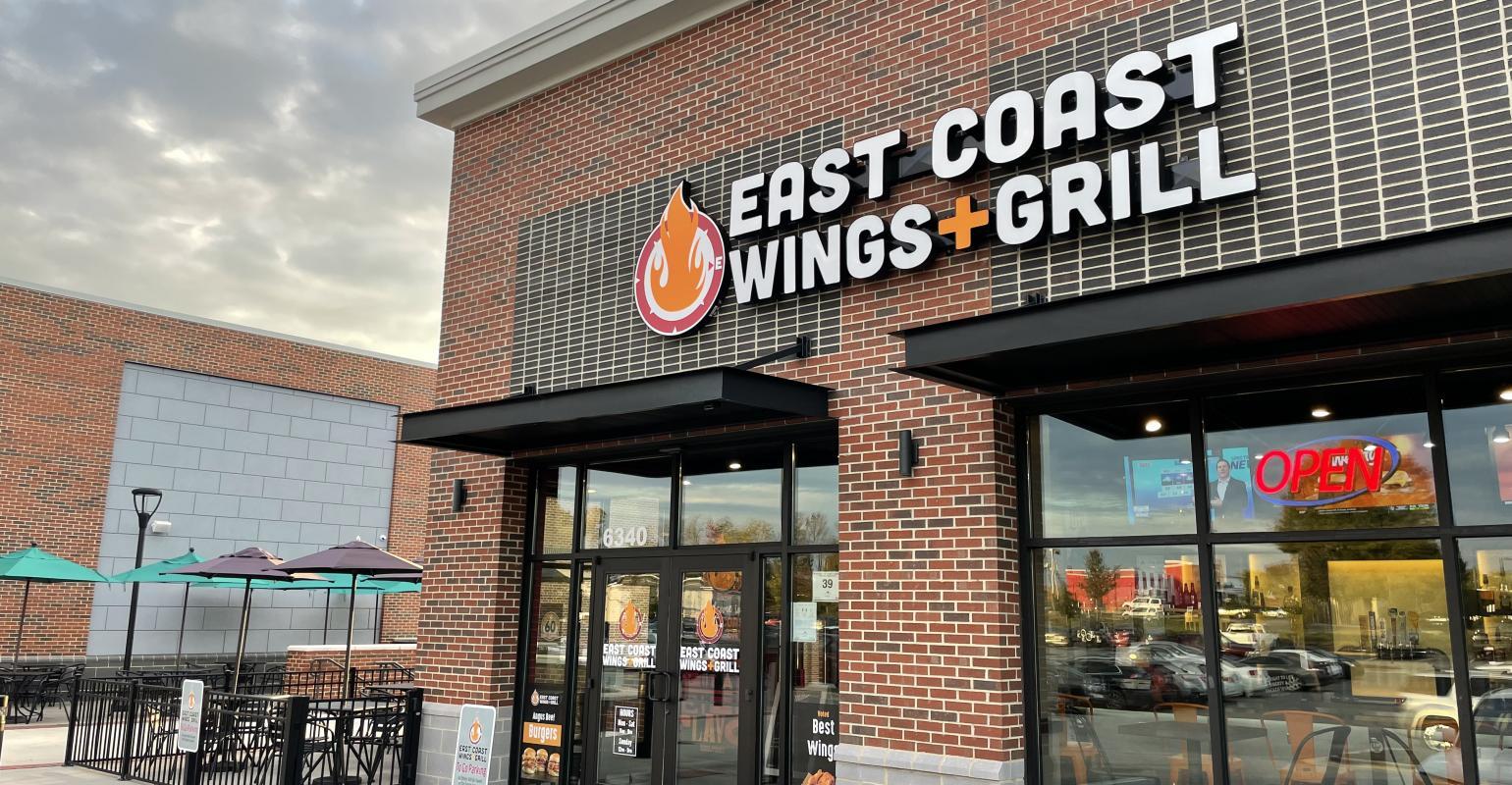A Restaurant Franchise Driven by Unit-Level Economics
Everybody in franchising says it’s all about franchisee profitability – but not many brands live up to those words. For restaurant franchise concepts, strong unit-level economics is the most fundamental way to help ensure your brand succeeds.
We’ve invested in a philosophy that’s driven by EBITDA, or earnings before interest, taxes, depreciation and amortization, which ultimately validates our claims of franchisee profitability. EBITDA is one of the most effective ways for prospective franchisees to understand what they stand to earn from their investment in a franchise. And it’s a core aspect of our brand DNA:
“We grow as fast as unit-level economics allows us to grow.” – Sam Ballas, East Coast Wings + Grill cofounder and CEO

In short, unit-level economics (ULE) is part of our brand mantra. When you call us, whether you reach a receptionist, franchise development manager, marketing director or anyone on our team, they’ll tell you the most important thing you’ll gain as an East Coast Wings + Grill franchisee is how passionate and driven we are about your EBITDA and ULE.
A Case Study for a Culture of Unit-Level Economics
There’s a difference between franchise sales and franchise development – a nuance that many brands fail to recognize.
We opened an East Coast Wings + Grill in Philadelphia in 2016. The location got out of the gate quickly, which resulted in a rapidly growing number of people wanting to open a restaurant in Philadelphia. We turned everyone down, for the simple fact that we wanted to validate the success in a new market over several years.
Fast forward seven or eight months after the franchise opened, and you saw them struggling. The store went from generating $140,000 in sales per month to $90,000 per month. We went back in with our support team and our analytical tools to help turn the restaurant around. In February 2017, that store reached $171,000 in monthly sales. We’re capturing historical data, developing algorithms, creating charts and graphs and building a centralized resource that we can refer to in order to help us grow more effectively.

Most adherents to the franchise model for growth would look at our historical franchise development data and cringe. Conventional wisdom dictates that you grow, grow, grow. That’s simply not how we operate. As we expand into new markets, we want to be in the best position possible to succeed with the initial franchise location and the next one and the next one.
The Best Franchisees in the Restaurant Franchise Space
Our brand DNA isn’t localized to the corporate team – it’s fostered within the franchise system. You can see it with Mike Burkhart, a multi-unit franchisee who was previously a vacuum salesman with no experience in franchising or restaurant industry and has become one of the top-performing operators in the network. He emphasizes the fact that he’s following the East Coast Wings + Grill blueprint and keeping a laser-like focus on customer experience.
As of 2017, the restaurant industry generated nearly $800 billion in revenue, with 48 percent of all consumer food expenditures going toward restaurant concepts. To capitalize on consistently strong consumer demand, restaurant owners need to invest in the right franchise brand that has a model that offers a clear pathway for sustained growth.




